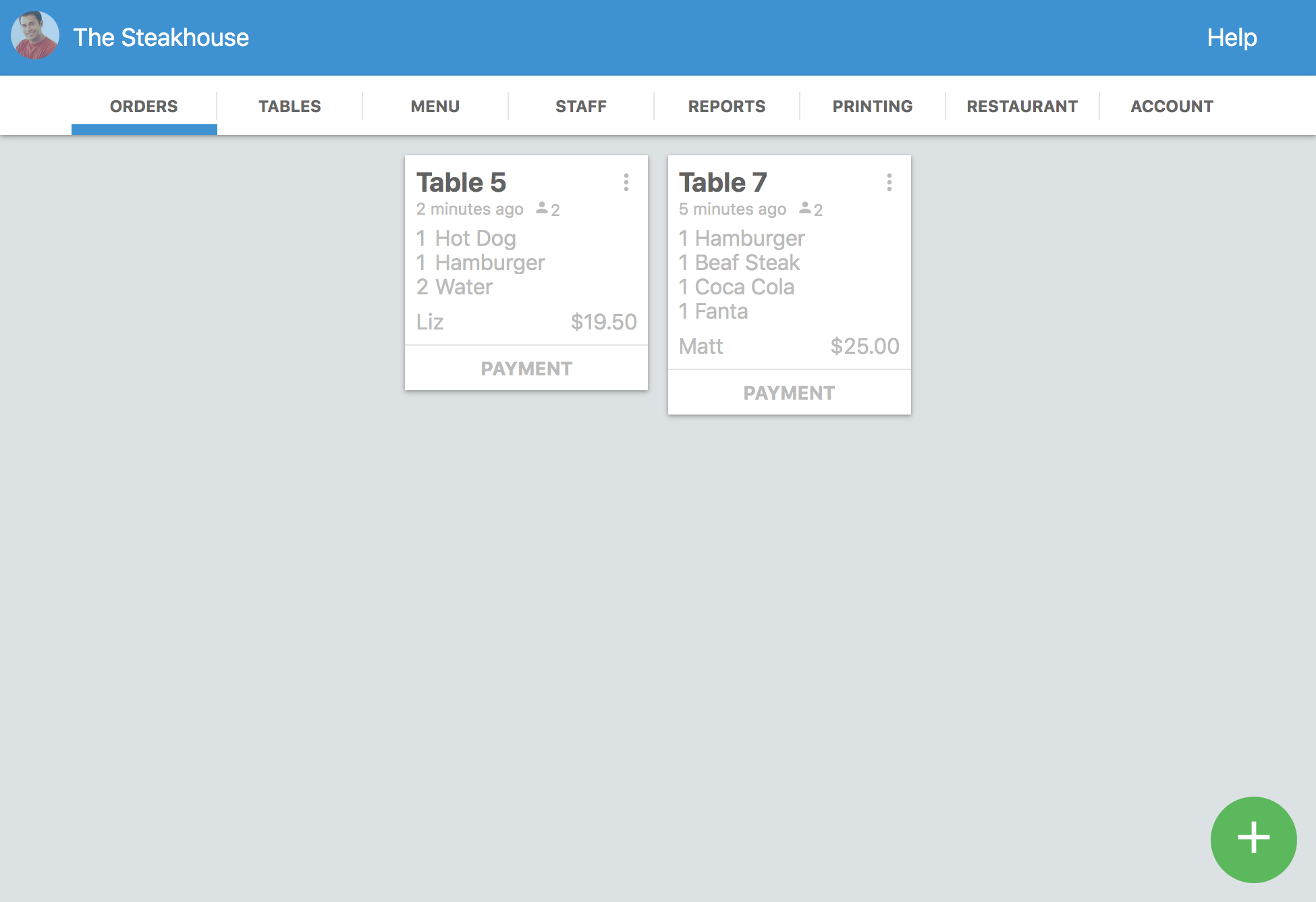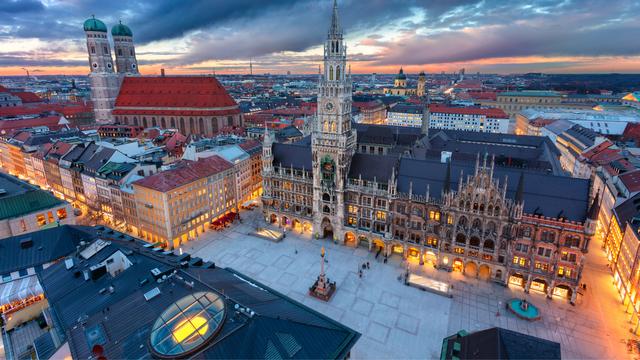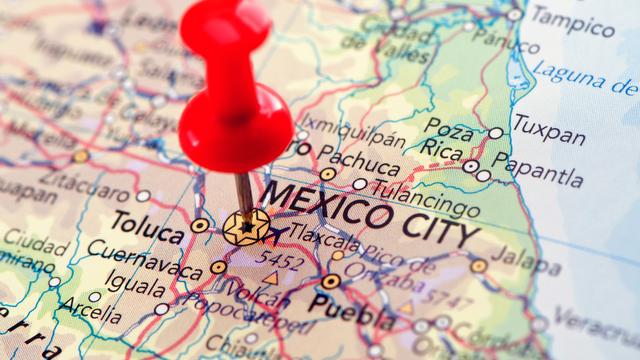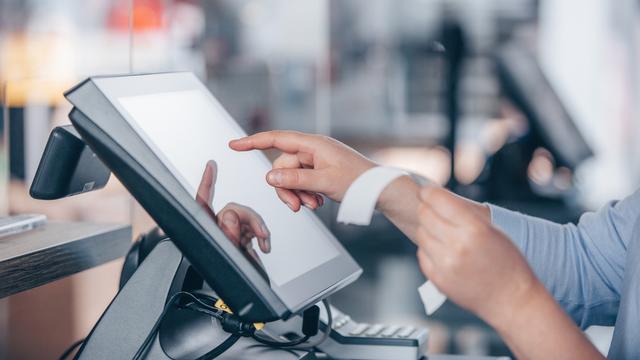Do you want to know how much it costs to open a restaurant?
The main problem for people who are trying to open a restaurant is the budget. The cost of opening a restaurant is a big barrier to overcome… right? Yes, it is, but what you may not have considered is that food businesses are malleable to your entrepreneurial situation.
In this article, I will tell you about:
- How much it costs on average to open a restaurant today
- About what it takes to open a restaurant
- On the most common mistakes restaurant owners make when calculating their budgets
- And the options you have to raise this money
Opening a restaurant is a challenge for many, but the truth is that there are several things you can do to avoid facing the difficulty in its entirety. There are ways to lower the bar!
Learn how here.
How Much Does It Cost to Open a Restaurant
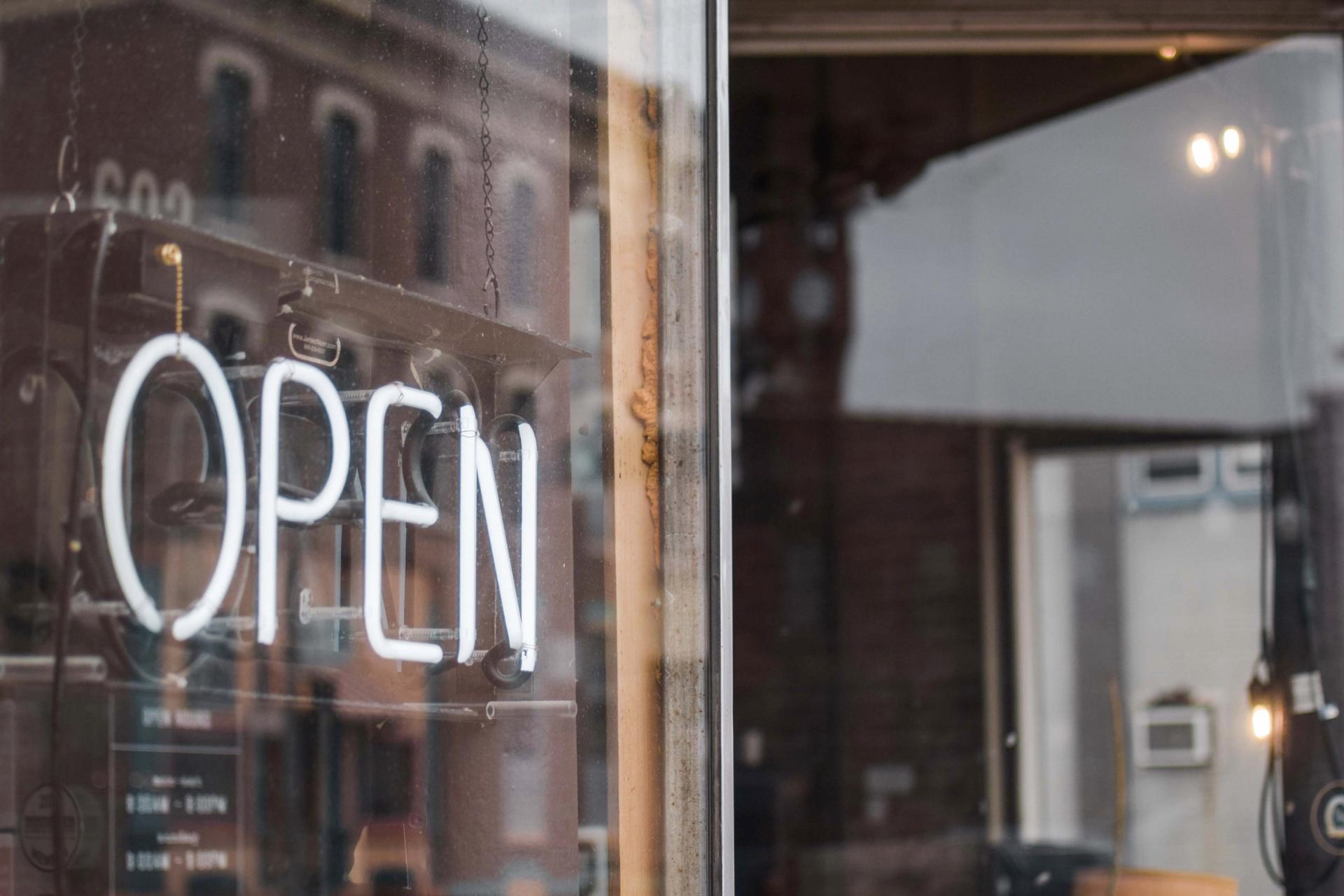
The present, no matter when you read this article, will be the most difficult and expensive time to open a restaurant.
This is because the cost of living and business increases every year, due to inflation, various economic variables, and other costs that increase the price of everything, such as gasoline, and more.
Therefore, thinking about opening a restaurant, or undertaking in general, is for courageous people. Let's look at some painful average numbers:
- As of today, the cost of opening a restaurant in the United States averages about 200,000 USD.
- In Latin America, the cost drops to about 60,000 USD, although the difficulty of reaching that figure increases significantly.
- In Europe, the cost drops again to about 100,000 Euros. However, this varies greatly depending on where you are.
- In Asia, the cost drops to an average of 70,000 USD, quite similar to Latin America. However, just like in Europe, it very much depends on which specific country you are in.
- In Africa, you can open a restaurant with about 50,000 USD or less. South Africa tells a different story, costing up to 80,000 USD.
- In Australia and New Zealand, the cost goes up again to 100,000 USD in local currency, although you can do it for much less depending on the type of business.
It could be said that, on average, in most parts of the world you can open a restaurant with about 100,000 USD. And, of course, this number, the perception you will have of its magnitude, and the type of business you can open with that amount vary depending on where you are. But, there is something that most of us can agree on – it is expensive to open a restaurant.
The point of this article is not to remind you of that harsh reality, but rather to help you accept it, and look for ways to lower the cost. How? As you will read later on, the main thing is to manage your expectations and mold your business to the situation.
What Do You Need to Open a Restaurant?
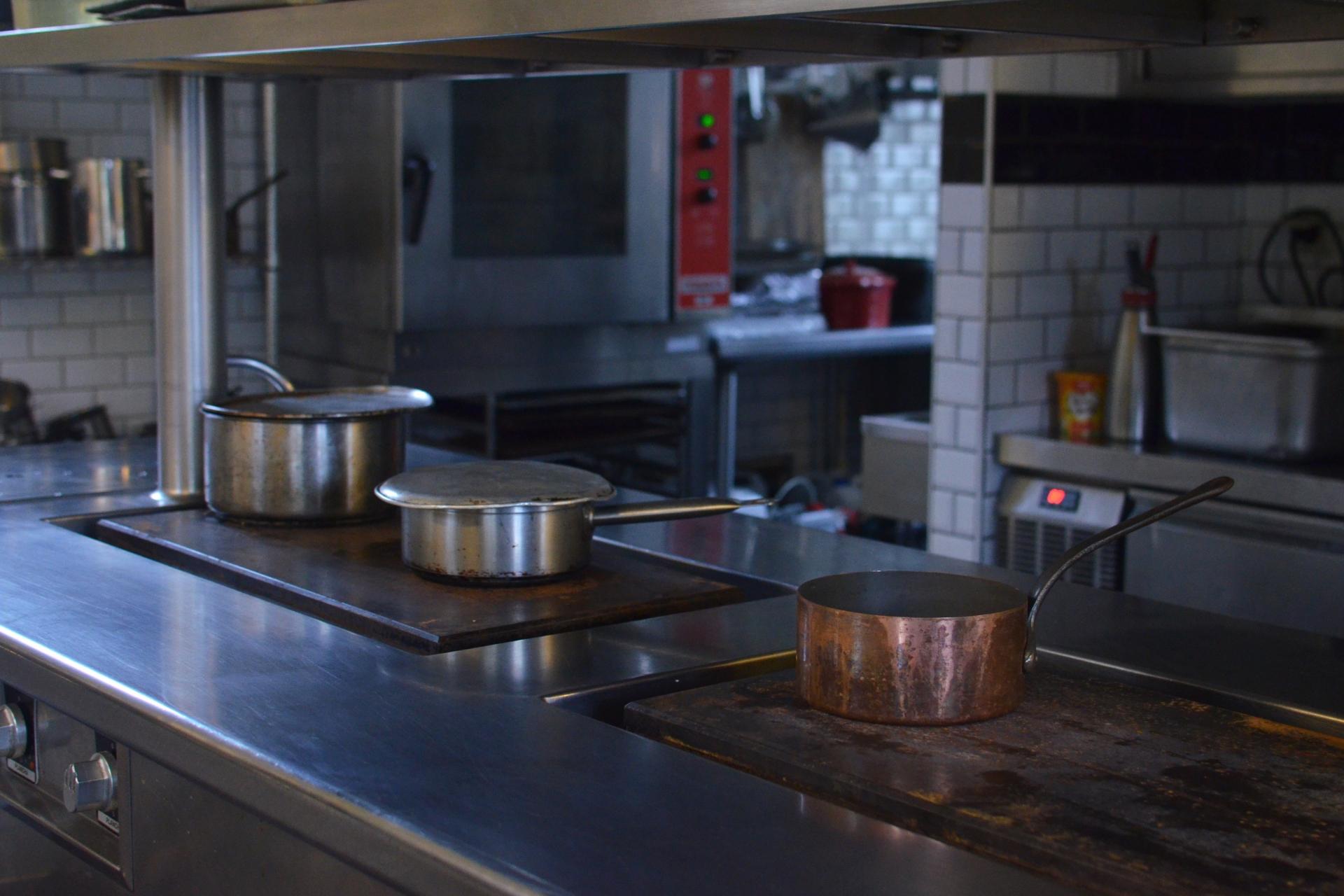
Opening a restaurant requires you to meet several requirements, which usually justifies the high cost of this type of business.
You will need to cover expenses in different categories. The main ones are:
- A commercial space for the business. You can buy or rent a place.
- Renovations and construction.
- Permissions and licenses.
- Kitchen equipment and restaurant technology.
- Marketing and advertising of some kind.
- Employees, payroll costs, and more related.
- And input costs.
These are the 7 main expenses that any food enterprise may need. However, another reality is that not all food businesses need all these expenses – there are lighter ways of doing business.
Now, let's talk about what exactly you need to open a restaurant or food business.
What You Really Need to Open a Restaurant
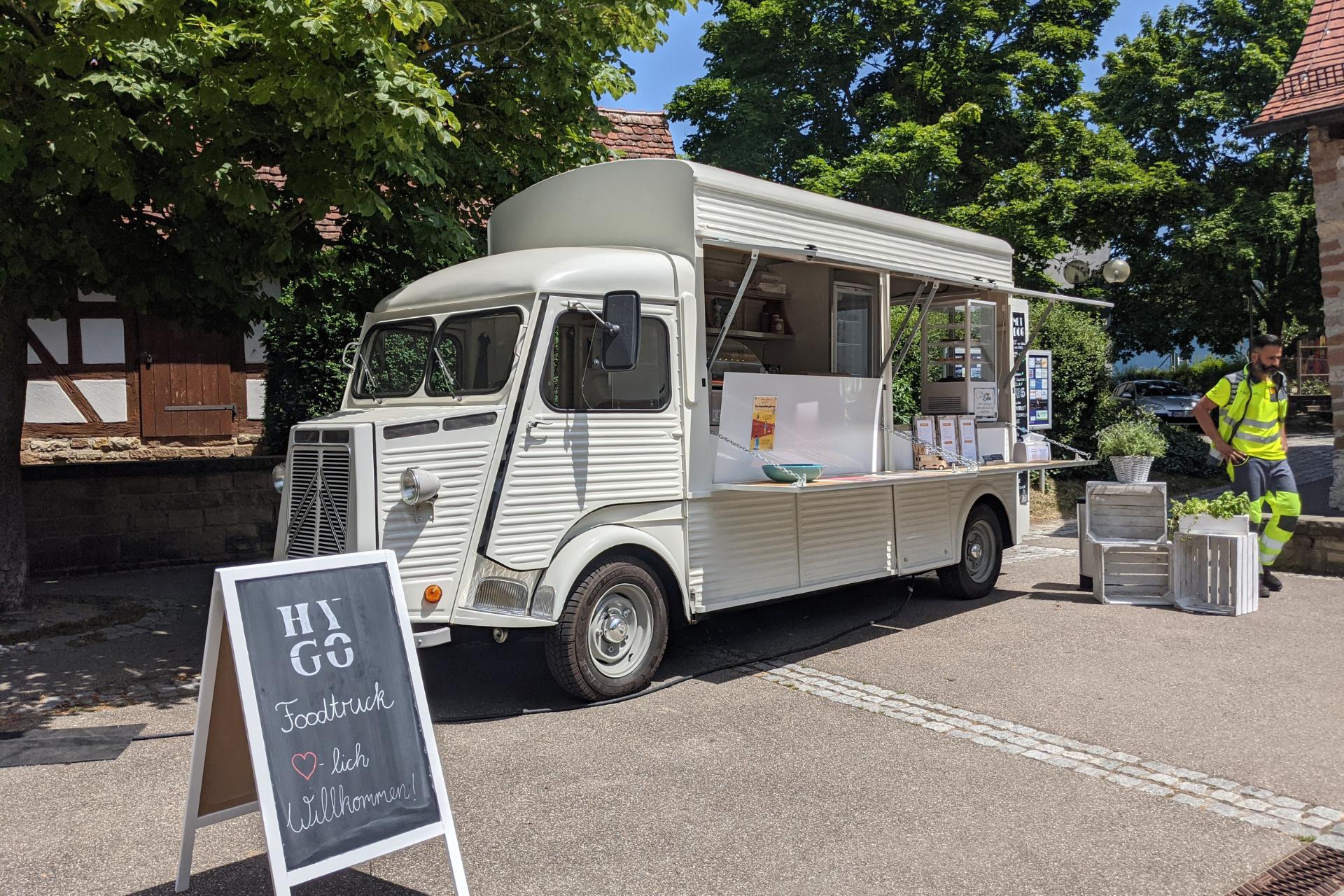
Even though I've mentioned all those categories, there are things I'm not mentioning, and there are things you don't actually need.
The restaurant business is today more based on convenience – for both clients and entrepreneurs.
That is why there are lighter types of food businesses that are just as powerful and quite profitable.
Some clear examples are
- Ghost restaurants. You do not need a venue!
- Food trucks. You don't need a venue!
- Catering services. At this point, you should already get the idea.
- Food carts. Still no venue.
- Family and small restaurants. Here you will need a venue, but it is easier or cheaper to get them.
All these forms of business, which may or may not be regulated where you live (it's your responsibility to find that out), can be great ways to start a food business.
Although these models perform the same functions as a restaurant, they do not need everything that a restaurant requires.
For example, neither food trucks nor catering services need commercial spaces to be able to operate. A ghost restaurant does not require a commercial kitchen – although it is not ideal, you can offer the service from home with less expensive equipment.
Regardless of which of these models you choose, you will surely save a good percentage compared to a restaurant.
The thing is if you don't want to sacrifice anything, and you want to open a restaurant traditionally, you also have options. Depending on the decisions you make, it can be affordable to open a restaurant!
7 Mistakes That Entrepreneurs Make When Planning a Food Business
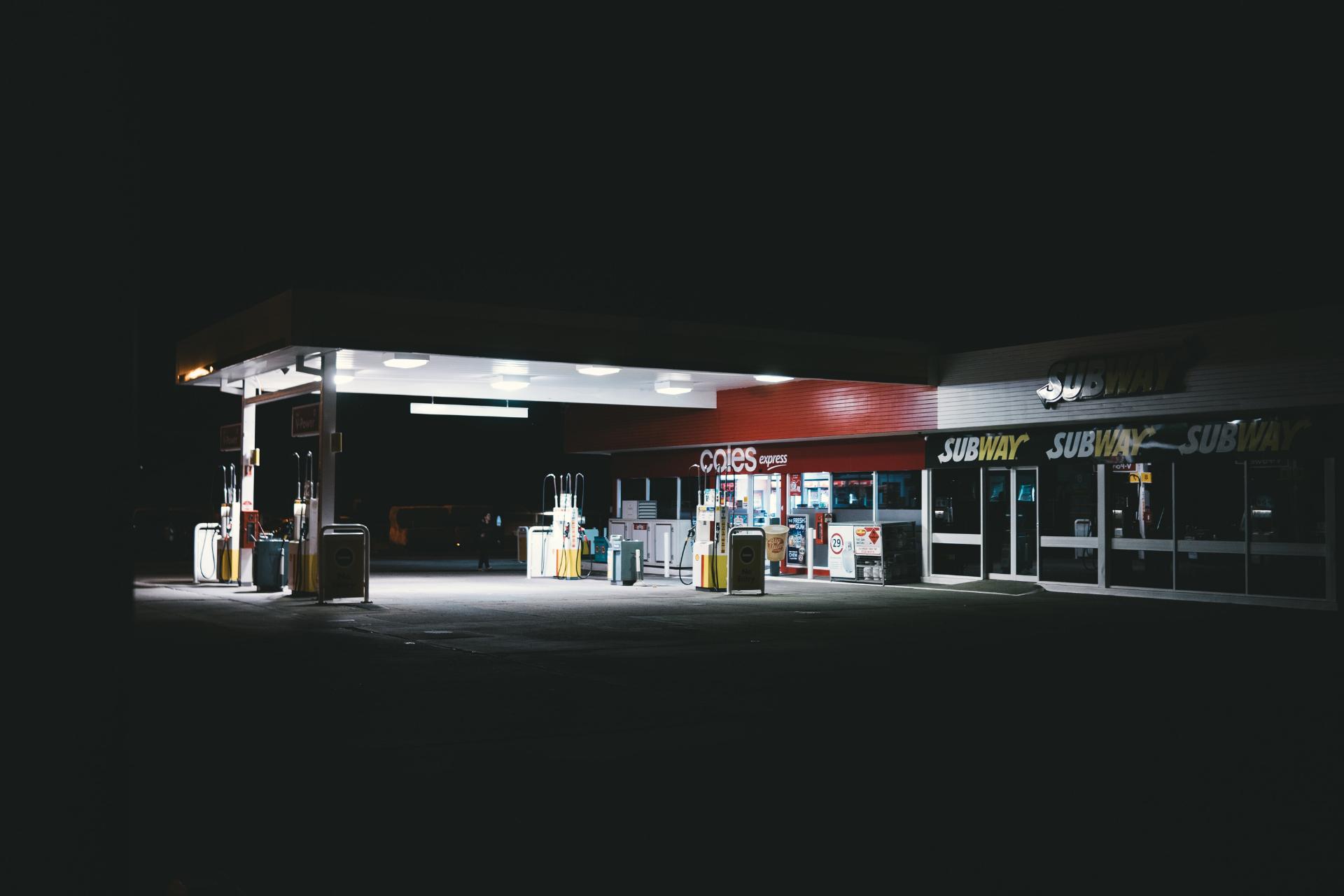
There are several common mistakes that future restaurant owners make when calculating a budget to open their business. It is very easy to make these mistakes because they can be disguised as common sense. They are:
1. Wanting to Buy Everything You Need
It is obvious that the better equipped your business is, the better your productivity will be, the workload will be more manageable, and you will have more control over the final product. However, there is no real way for a restaurant to have all the equipment it needs if you don't have a big budget to buy it.
And the worst part is that sometimes it is not necessary. In my experience as a cook, no matter what restaurant I was working in, there was always a missing piece of equipment that wasn't necessary but would make one or two processes easier.
Then my colleagues devised solutions to those problems, using what we had to cover the restaurant's deficiencies.
That is not ideal, but the important thing is that the restaurant worked pretty well.
Solution: You must understand the processes that are necessary for the restaurant, and enable them from the beginning by buying the right equipment. Thus, you can focus your budget on what is essential, and optimize other areas while your business takes shape.
Why is this better? Because the money you will save by equipping your kitchen with the essentials can help you keep your restaurant alive while gaining customers.
2. If It Costs More, It Means That It Is Better
When you are equipping your kitchen, especially if you have a good budget, your expectations and desires may get in the way and make you make poor decisions. This happens a lot if it is a passion-led business, where the entrepreneur knows what he is doing, knows what is best, and that is what he wants for his business. But at what cost?
Always buying the best is very expensive, be it specialized equipment or equipment from recognized brands. And it may sound like a good idea to buy the latest and greatest, but again, it's not essential.
Solution:
The solution is tricky. It is smarter to select equipment that:
- Offers a good balance between quality and price
- Is used but in very good condition
- Comes from less recognized brands but does the job without any disadvantages.
These three options are great because they will also save you money, even if you don't need them. However, always remember that cheap can also be expensive – you have to find the right balance!
3. Choose a Commercial Premise Because It’s in the Expensive Part of Town
The expensive part of any city, where the upper-class people live, where the houses are beautiful, and where you're more likely to win high-net-worth customers.
That means big orders!
This all sounds very clever, but in reality, it depends a lot on the concept of your restaurant. If your food business concept is not in line with what your target audience wants, then it is useless. This is why location is crucial.
Opening a restaurant in an expensive area of your city is smart if:
- Your food offer is suitable for upper and upper-middle-class people.
- Your food offer is normal, but there are very few restaurants that sell the food you want to sell in that area. Even wealthy people want a cheesy, fatty burger from time to time!
If you want to open a restaurant in these areas just because saying you have a business there sounds good or because you think it's like fishing in a barrel, you may be wrong.
Even fancy and expensive restaurants must go to great lengths to attract, satisfy, and retain customers.
But it's easier for them because they sell the right solution to the right audience. Regardless, there are many ways this situation can work.
For example, if you have a restaurant with normal food, perhaps local or traditional, and you open in an expensive area, you may do well for different reasons.
The area may be saturated with expensive and fancy restaurants, or you have no competition of any kind, or you tailor your restaurant's service to wealthy customers very well, and more.
Solution: You need the help of a local restaurant advisor! That way you’ll know what is the best option for your restaurant by looking at hard data.
4. Wanting to Copy Restaurants
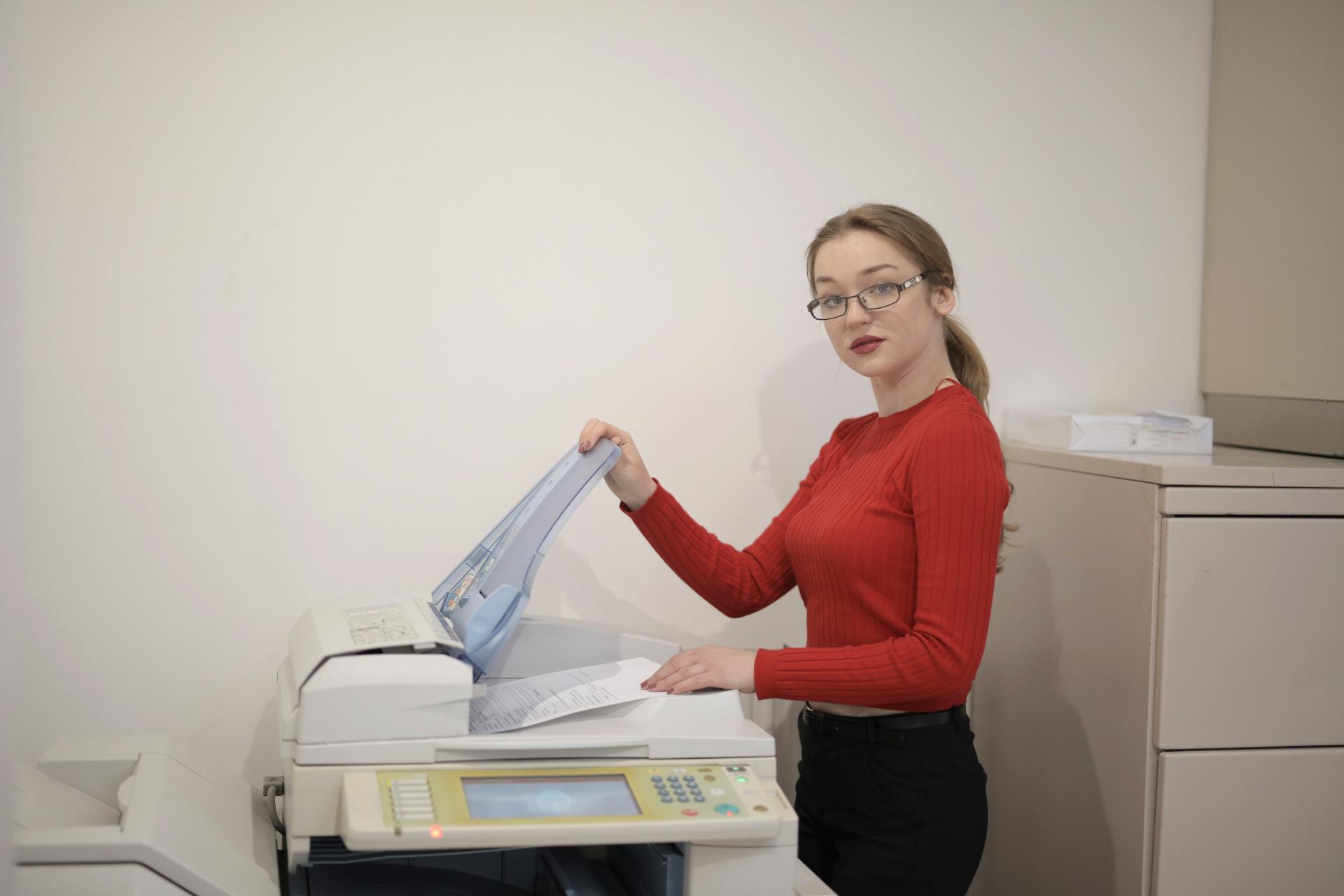
You see a new business, that is doing very well and is always full, and you think “I could do that”. This might make you waste a lot of valuable budget on an idea that’s failed from its inception.
Copying or imitating other restaurants and opening the same business for that reason alone is a very bad idea for many reasons.
- First, there is supply and demand. If you open a pizza place next to three others, the market is saturated, throwing you and your competition into a never-ending battle to win customers with the lowest prices.
- Second, copying a restaurant and its operation without knowing its sourcing methods, the cost of each dish, and other operating costs is a very bad idea. You may be fighting an invisible problem – poor cost management. Why? Because even if that restaurant looks good, is packed every night, and has thousands of customers per month, it can still have losses.
, For example, , if you have (at loss) deals that are too good to be true, the business may be losing money even though it attracts thousands of customers.
The restaurant you’re copying may also have hidden advantages.
That restaurant may be profitable and very successful, but for hidden reasons like a good supply chain or even in-house production of certain ingredients.
For example, imagine that you’re trying to copy a fish restaurant that’s doing very well.
If the restaurant was set up by a fishmonger owner, chances are the restaurant can get fish for half or less than half of the price, as long as both businesses are profitable.
But, if you want to apply the same method without having a fishmonger, you will buy the fish at a normal price. Even by haggling, you probably won't be able to make the other restaurant's offers profitable for your restaurant.
Solution: You should thoroughly research the businesses you want to copy and seek advice from an experienced local restaurant owner.
5. Hire Too Many Employees
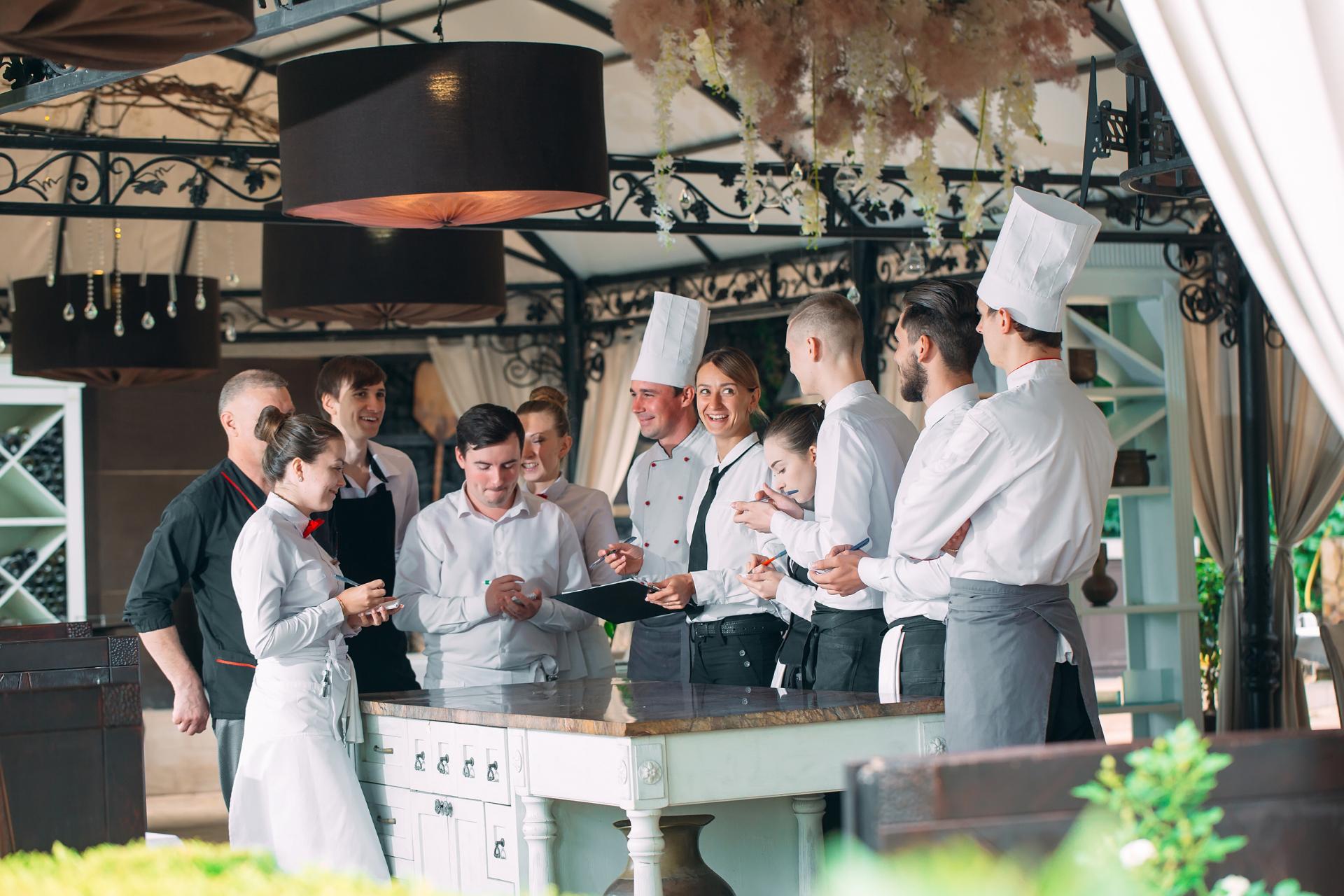
This mistake is common in restaurants that are run by owners with no management experience.
In a restaurant, it is necessary to complete several jobs, from washing the dishes to opening the door for customers and greeting them.
However, that doesn't mean you should have one person to handle every function – you'd have hundreds of employees. This is a huge mistake that can cause you to lose money on payroll. In addition, it can make cumbersome different areas of the restaurant, for example, if you have 5 servers to serve 5 tables or less in a rather small space.
Solution: That's why you must find the balance, define well the obligations of each employee, and invest more in training and preparation. Another thing that can be useful is to apply the rotation of positions, especially if it is a restaurant with simple food.
6. Not Hiring Enough Staff
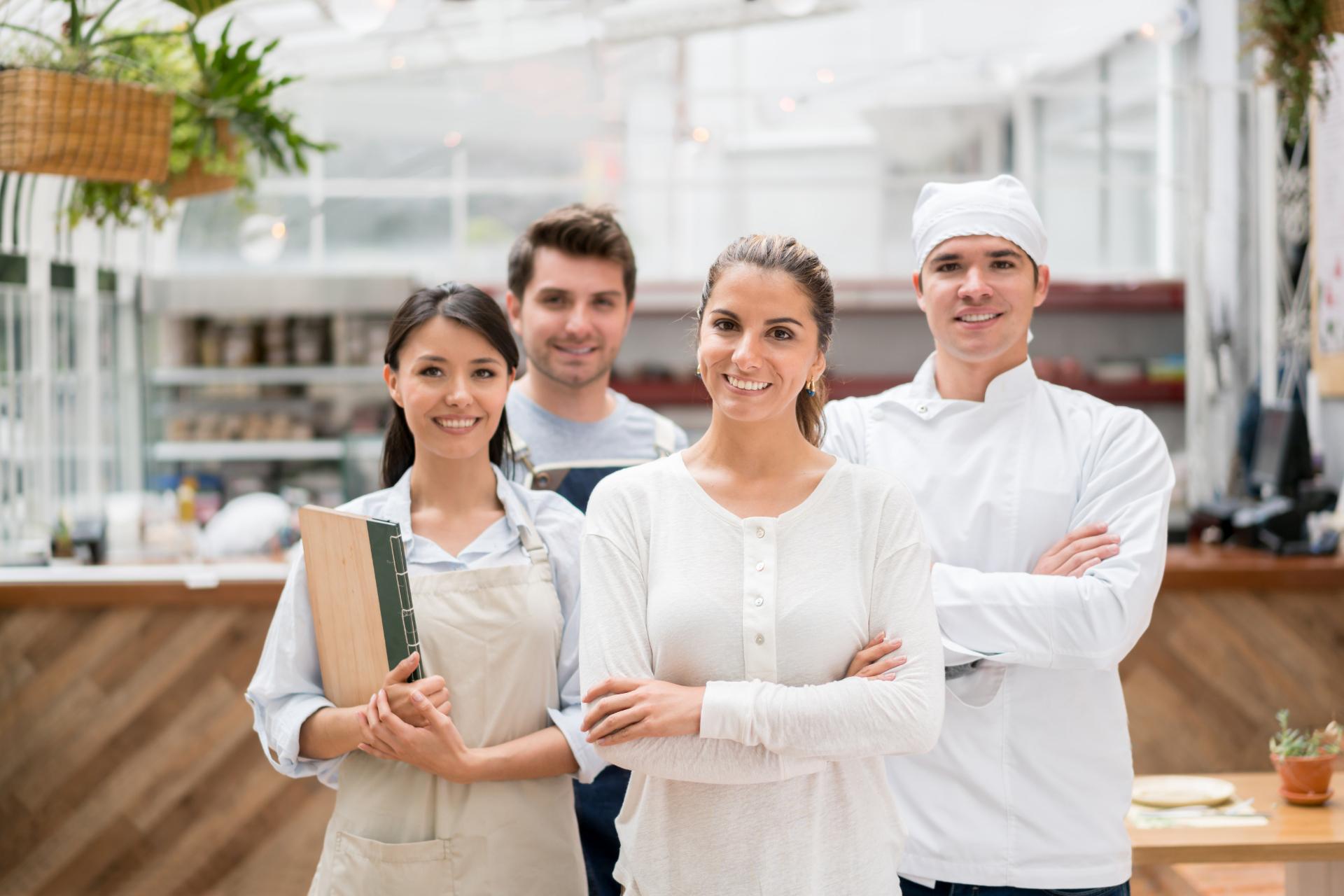
This mistake is even more common in restaurants, and yes, the culprits are inexperienced owners again. This is the other side of the balance concerning the previous problem.
Having too few employees causes a lot of problems, most of which are for the employees, not the restaurant.
This creates a very negative work environment for employees, who feel exploited to exhaustion, and will eventually decide that their salary is not worth it.
I have seen it in person. It is very negative for the employee and the restaurant, especially if the employee is pressured to resign due to a lack of change.
If you do this, you will only see the few people who know how to do everything in the restaurant leave. Also, this almost always affects the restaurant's reputation, which can make it more difficult to hire new people.
Solution: Hire enough people and divide the work well to create a good atmosphere!
7. Not Controlling Expectations
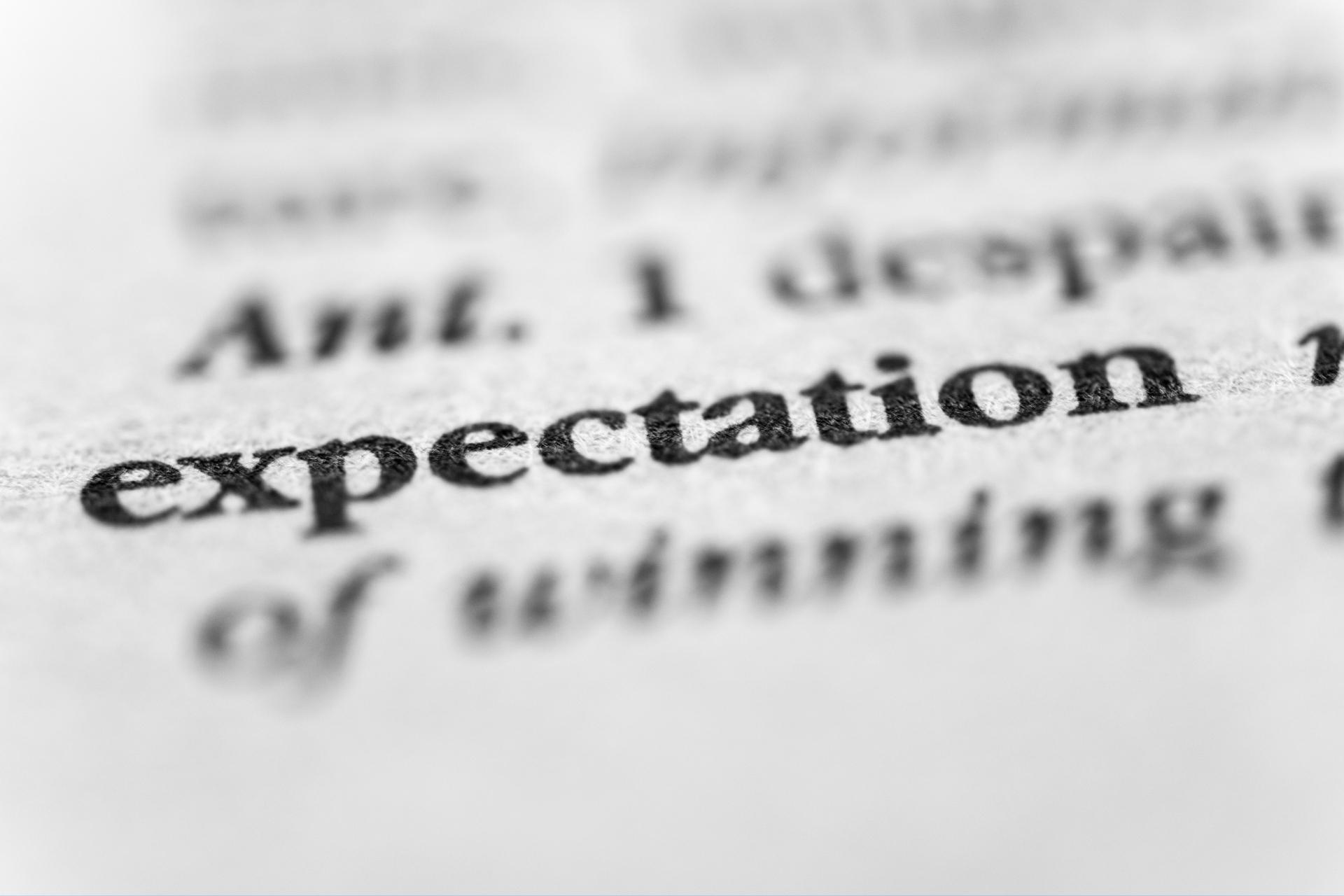
Wanting everything to be the way you want it, instead of the way it is, is one of the main causes of suffering for first-time entrepreneurs and experienced owners.
All the mistakes I have mentioned above are summarized in this one error.
- You do not control your expectations regarding the equipment of your kitchen, and you spend more.
- You don't control your expectations regarding the difficulty of doing business, and you make mistakes.
- You do not control your assumptions regarding the operation of the restaurant business, and you do not understand its complexity.
- You do not control your assumptions about your customers, and you fail to understand and meet their needs.
- You do not control your expectations regarding the performance of your employees, and you make mistakes in managing your restaurant.
And so on.
The truth is that running a successful restaurant, like running other businesses, is not about one person – not even its owner. It's about the sum of enough good decisions and hard work to achieve success.
How to Calculate the Necessary Budget to Open a Restaurant?
Now that you know the 7 most common mistakes that entrepreneurs make when opening a restaurant, I’ll tell you about the steps you must follow to calculate a budget for your restaurant. I have created these steps in a way that will produce budgets that consider everything necessary for your business.
Note: The budget you can get with these steps has nothing to do with the amount you have to invest. These steps will only help you calculate your opening costs fairly.
0. Think About Permits, Licenses, Administrative, and Bureaucratic Costs
Step 0 is very necessary. You cannot open a restaurant or food business without fulfilling it!
You will need to register and open a company, apply for business permits, register your company to pay taxes, and apply for a large number of permits and certifications through all the steps. You'll also need to open bank accounts for your business, purchase insurance, and more.
Each of them will have a cost that you must consider in your budget.
1. Think About the Location
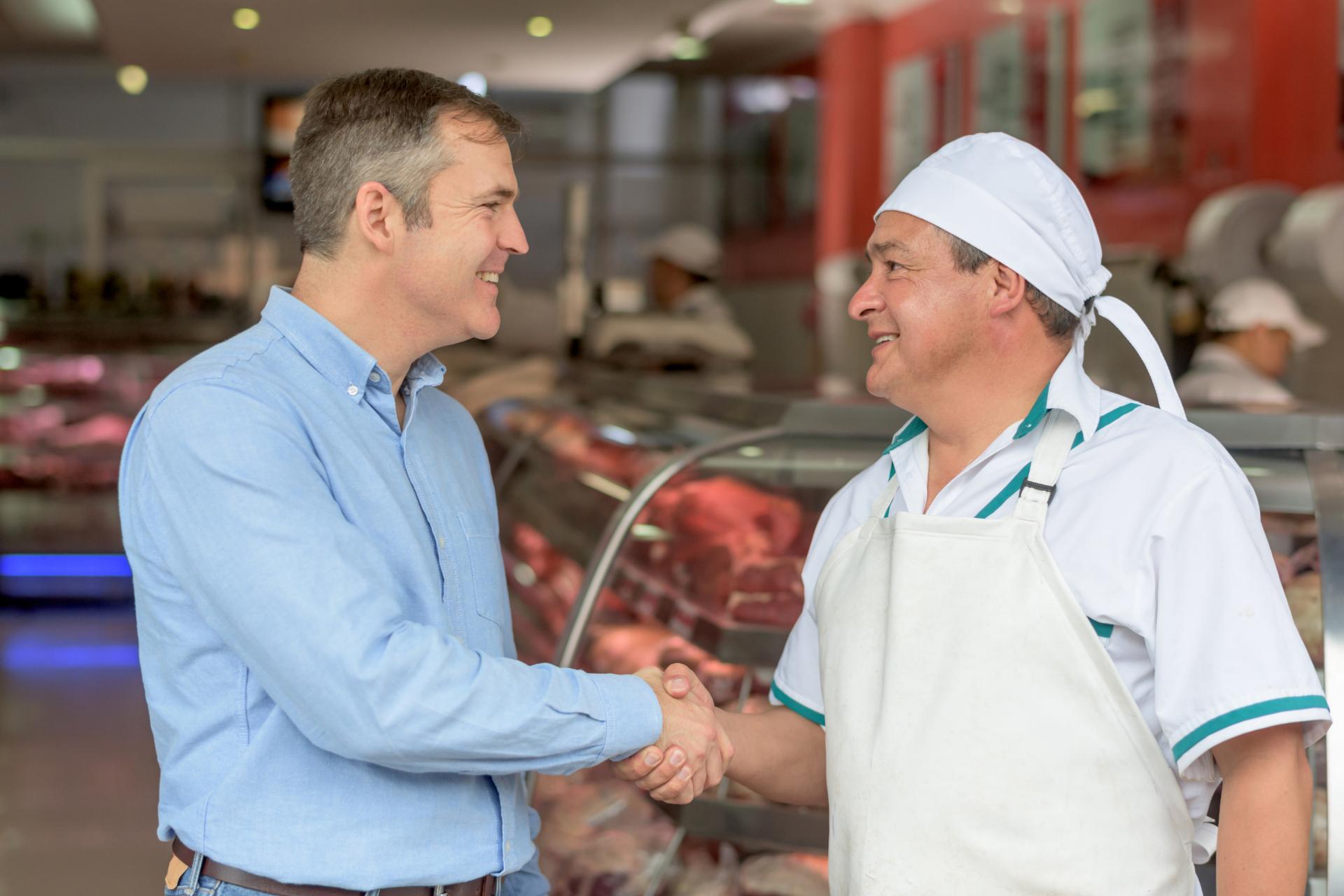
Find a location that suits the needs of your restaurant, its concept, and its target audience.
There are several things you can do to choose the location of your restaurant:
- Do a market study to find out where the largest concentration of your potential customers is in your city.
- Carry out a study of your possible suppliers. The location of your restaurant may limit the suppliers you have access to or complicate the process of sourcing ingredients.
- Study in detail the equipment you need to create the gastronomic offer you have in mind and take measurements of the kitchen area to see if everything fits.
- Study the number of chairs and tables that you can have in the dining room.
- Study how the workflow works throughout the restaurant.
- Create a list of places that meet the most requirements.
- Create a budget taking into account the cost of each place (if you want to rent, of course).
- Do a SWOT analysis to find out which of them has more advantages than disadvantages.
- Stay with the best!
This process is more complicated than it sounds, especially if you take the time to analyze each variable. It can also lead to analysis paralysis, so it's a good idea to limit your options a bit and be very selective to speed up the process.
In this step, you will obtain the monthly, quarterly, semi-annual, and annual costs of the rent.
Note: In case you want to buy the property, it is recommended that you study things like the estimated cost of renovations, zoning permits, building permits, land use permits, and much more to calculate a complete figure before buying.
2. Think About the Essential Kitchen Equipment You Need to Offer the Menu You Have In Mind
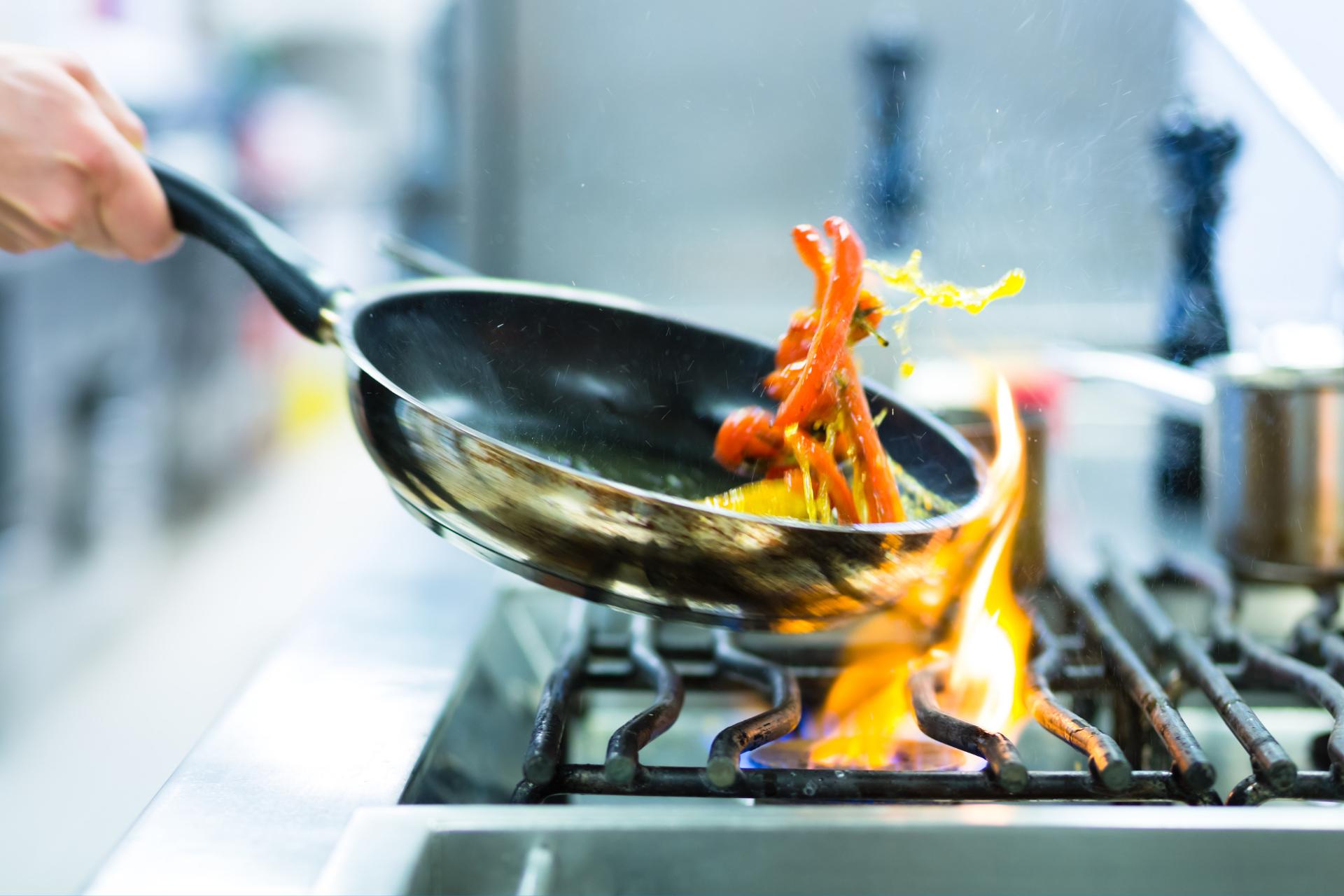
For this step, you must have an initial menu thought out and tested. You can start by preparing different dishes and then researching the equipment you will need to offer those dishes on a large scale.
You should also consider the number of seats in your restaurant. As a general rule of thumb, you should be able to produce at least every item on the menu for half the seats or more.
It should be noted that some of the dishes can be prepared in large quantities in advance and stored to be finished at the time of serving.
This reduces the purchase of equipment to two types of strategies:
- Prepare food at the moment. You'll need large kitchens, with enough burners, and plenty of equipment to prepare everything on your menu as soon as it's ordered. This organization is more suitable for dining rooms with a high volume of clients and with more varied menus.
- Prepare food ahead of time and store it. These types of kitchens have less equipment for cooking, such as ovens, stoves, and burners, but have much more equipment for refrigerating and storing food. This organization is perfect for fast food restaurants, bakeries, pastry shops, and more.
If you want to open a fine-dining restaurant, you won't be able to skimp on a lot of equipment. The more complex the preparations, the more specialized and expensive the equipment will be.
In this step, you will get the cost of each team. It is a good idea that you store all this information when you buy the equipment. Invoices, technical details of each, lifespan estimates, and more can come in handy later. When repairing them, buying them again, selling them, or calculating depreciation rates.
3. Think About the Staff You Will Need
Create an organizational chart of your restaurant. We have created an article that can help you design the organization chart of your food business, regardless of its size.
This will help you estimate payroll costs, potential employee insurance costs, and more.
4. Think About the Technological Infrastructure of Your Future Restaurant
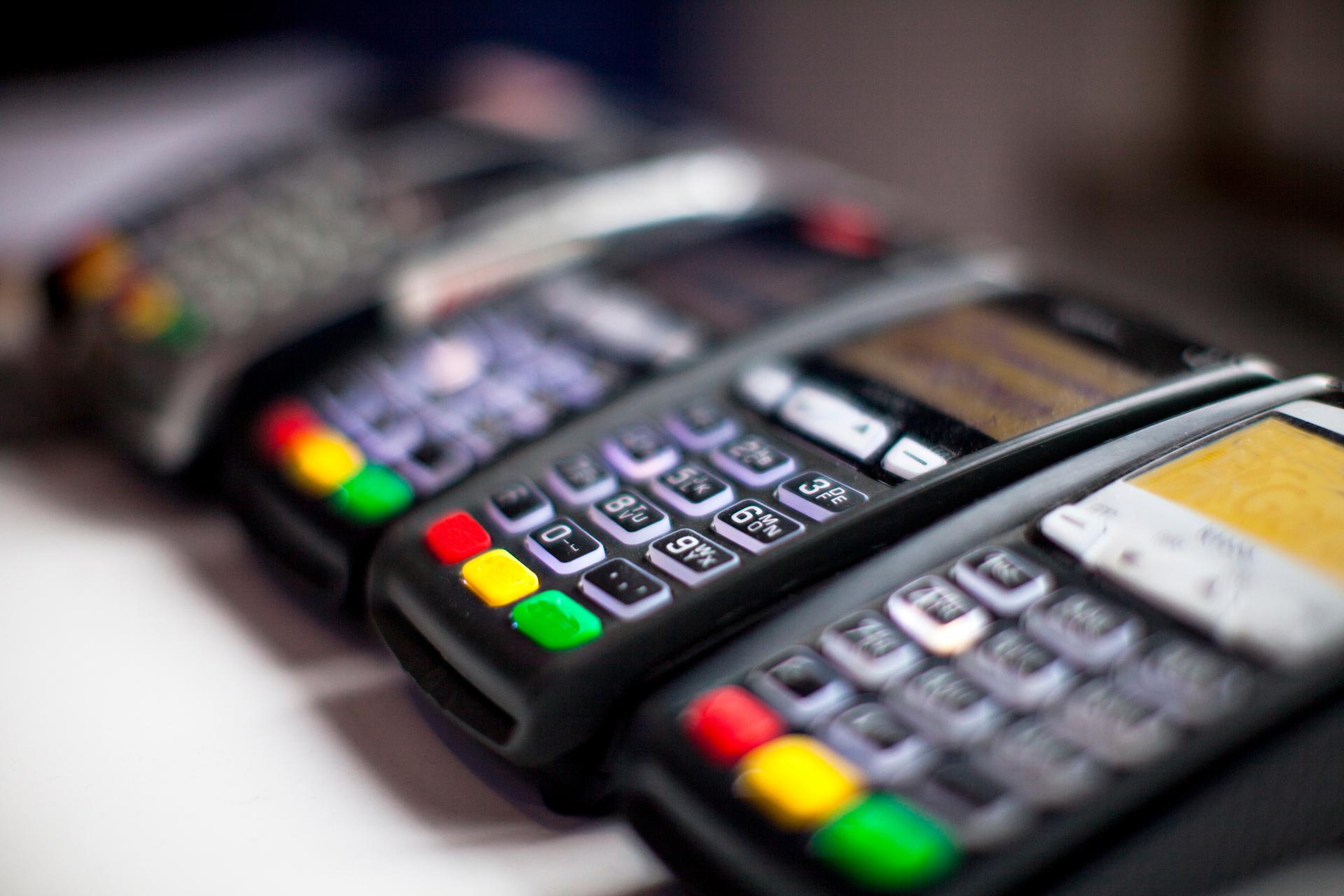
You may not have thought about this yet, but having a good point of sale system for your business and good technological equipment to support it is crucial. In general, spending on technological equipment will depend directly on the size and influx of your restaurant. If it is very large, the system must be well-created and distributed throughout the restaurant so that the service is comfortable and fast.
If it's a fairly busy restaurant, you don't want to stop your customers because you only have one card reader available to receive payments.
This is why you should make a calculated investment. You also have to add the cost of a restaurant POS software, which will be the mind behind all the equipment, such as computers, payment terminals, kitchen screens, thermal printers, and more.
I recommend that you read our article on how to use a point of sale for restaurants to clarify all your doubts.
5. Think About the Food
The food that will be sold in your restaurant is also an important part of the initial cost. Even at the beginning, it's a good idea to be prepared with a good amount of ingredients in your inventory – especially if you are applying a marketing strategy.
This is because it is better to have it and not need it than to need it and not have it. Your first customers would leave disappointed!
You must calculate:
- How many seats you have in your restaurant.
- An estimate of the customer flow you expect. You can take into account the numbers of your digital marketing strategy, such as impressions, visits, clicks, and more.
- And finally, calculate an estimate that is sufficient for the first week of opening.
If you have enough money, then you can buy enough for the first month, but that's only if you can store everything properly.
6. Think About Marketing
You need to create a marketing strategy to have an awesome opening day! This is so important that we have a couple of guides that you may find useful:
- Marketing for a new restaurant.
- How to plan the grand opening of your restaurant.
It's also a good idea to read our guide on how to open a restaurant. This way you will get good ideas and more knowledge before the big day.
The Budget to Open a Restaurant Is Not Enough

You may have already opened your restaurant, however, you may not have enough money in the bank to keep it afloat – that's what your budget is missing at this point.
Once you have the necessary budget, it is a good idea to do the following calculation:
- Calculate your estimated sales per day, week, and month considering the number of seats.
- Create an estimate of the monthly reinvestment you will need to make in inventory based on your projected sales.
- Add to that the estimated monthly payroll cost according to your company's organization chart.
- Add an estimated cost for the different marketing strategies you want to apply. Attracting new customers is critical when starting a restaurant!
- Finally, add other monthly operating expenses, such as cleaning services, garbage collection, and other services, and of course, the monthly rent of the restaurant.
The number you'll get is the closest you'll be to knowing your restaurant's monthly operating costs before you open it. As a rule of thumb, you should have from 3 to 6 months of estimated operating costs saved after opening your restaurant. This is what will help you keep your restaurant afloat while gaining enough regular customers.
A large percentage of restaurants fail because their owners overlooked this step. Don't become a percentage on the failed-restaurants chart!
How Does the Cost of Starting Your Business Affect Its Performance Later On?
Starting a business is not easy for anyone, even if you have money to spare. Many variables can affect the performance of your business, even if you have all the equipment your kitchen could need, all the chefs with the best experience, and all the best servers.
That's why the cost of opening your business has little impact on its performance.
What matters is:
- That you offer good customer service.
- That the food is delicious.
- That you have a good-enough marketing strategy.
- And that you have a tight management of economic and human resources.
This last requirement is critical for two reasons.
- Managing the costs of your restaurant well, regardless of its size, is what makes it profitable.
- And managing your employees correctly is what keeps your restaurant's productivity at its peak, even if you don't have all the equipment you'd like to have.
You can have the smallest restaurant in the world, but if you take care of meeting all these requirements, you will have guaranteed success.
How to Raise Money to Open a Restaurant?
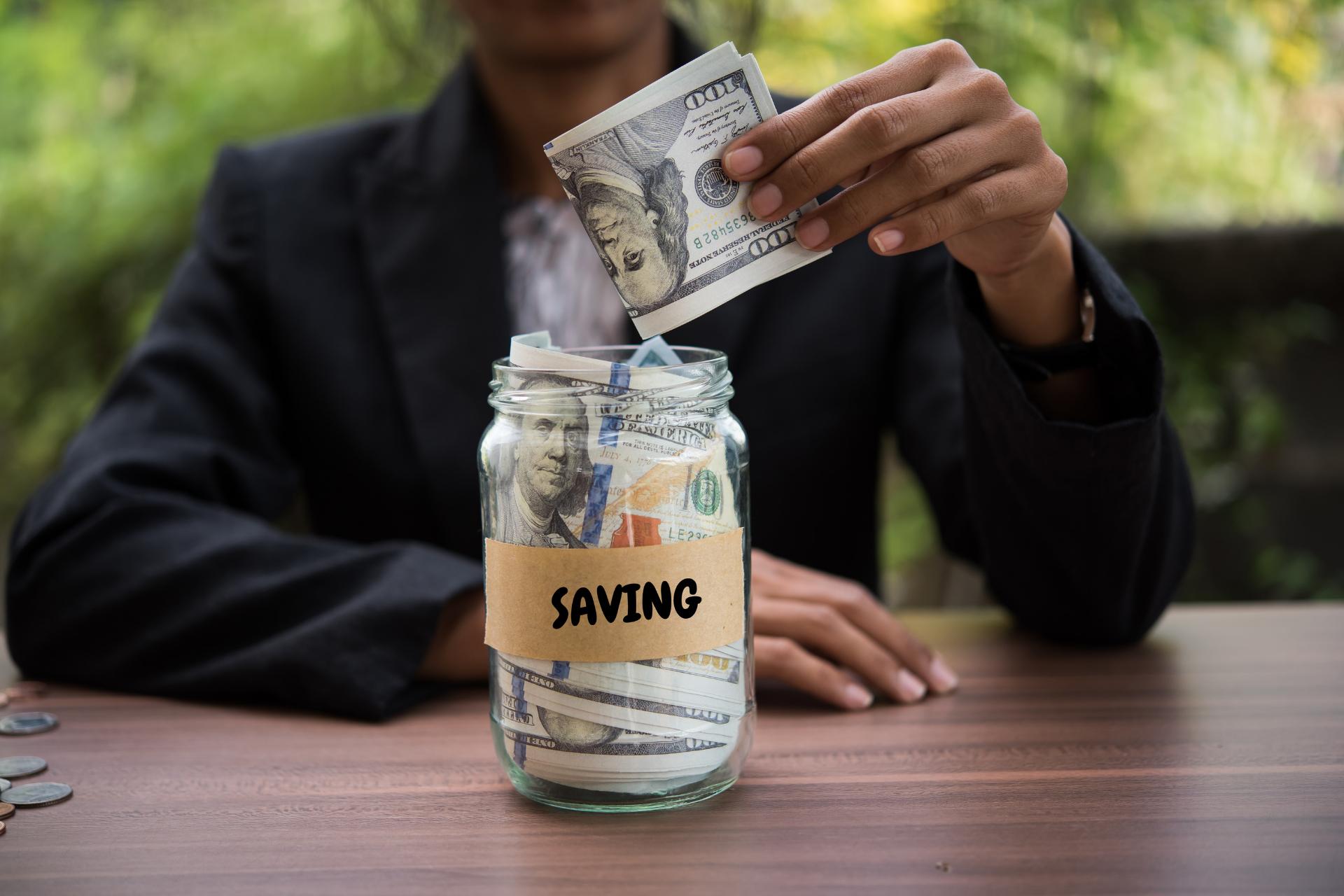
This is also a fairly common question among entrepreneurs and the truth is that there is no easy answer.
If you are asking yourself this question, chances are you have to take a pretty difficult route to raise the money. If not, you're in luck, and you probably have enough money.
There are several things you can do to raise money to open a restaurant. Saving is the simplest answer, however, it does not discuss the methods you can use to get that money.
My recommendation is to start a food business that costs less.
Any of the ventures I mentioned above, such as food trucks or food carts, are less expensive, but they have several advantages.
The main advantage is that you will realize by working how difficult it is to have a restaurant. In any food business, you will be in charge of processes similar to those that you would fulfill in a restaurant.
Therefore, you will be gradually raising the money you need to create your traditional restaurant while gaining practical experience that will be useful when running a larger business.
You can also take a faster route, if you have the experience, and look for lenders, investors, partners, and bank loans.
Sure, each option you might look at has its benefits and drawbacks, but if you're convinced that you can overcome the drawbacks, it doesn't matter which option you choose.
The Time to Start Is Now
So many people focus on the difficulty of opening a restaurant, instead of focusing on the advantages of doing so, that they lose sight of the essence of it – the service.
Opening a food business is very difficult, but if you focus on offering an exceptional service with a true vocation, you can have a successful restaurant in a thousand and one ways.
Be it a food truck, a catering service, a food cart, or a very, very small restaurant.
If you keep that in mind, you will realize that despite the difficulty, there will never be a better time to start a business than the present.
Do you think you are ready for your next business venture? I hope so!

